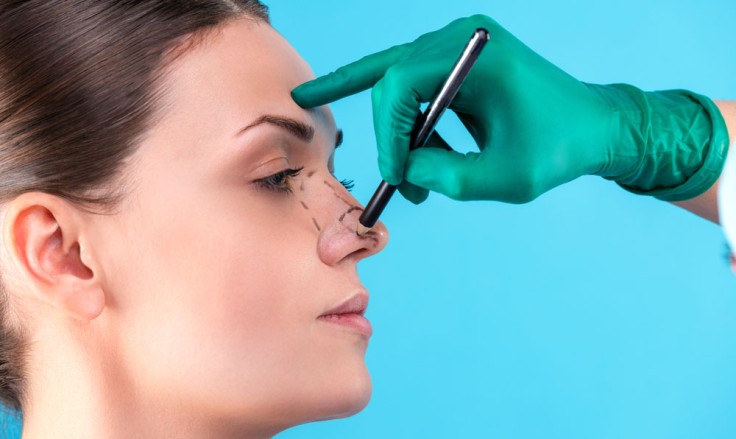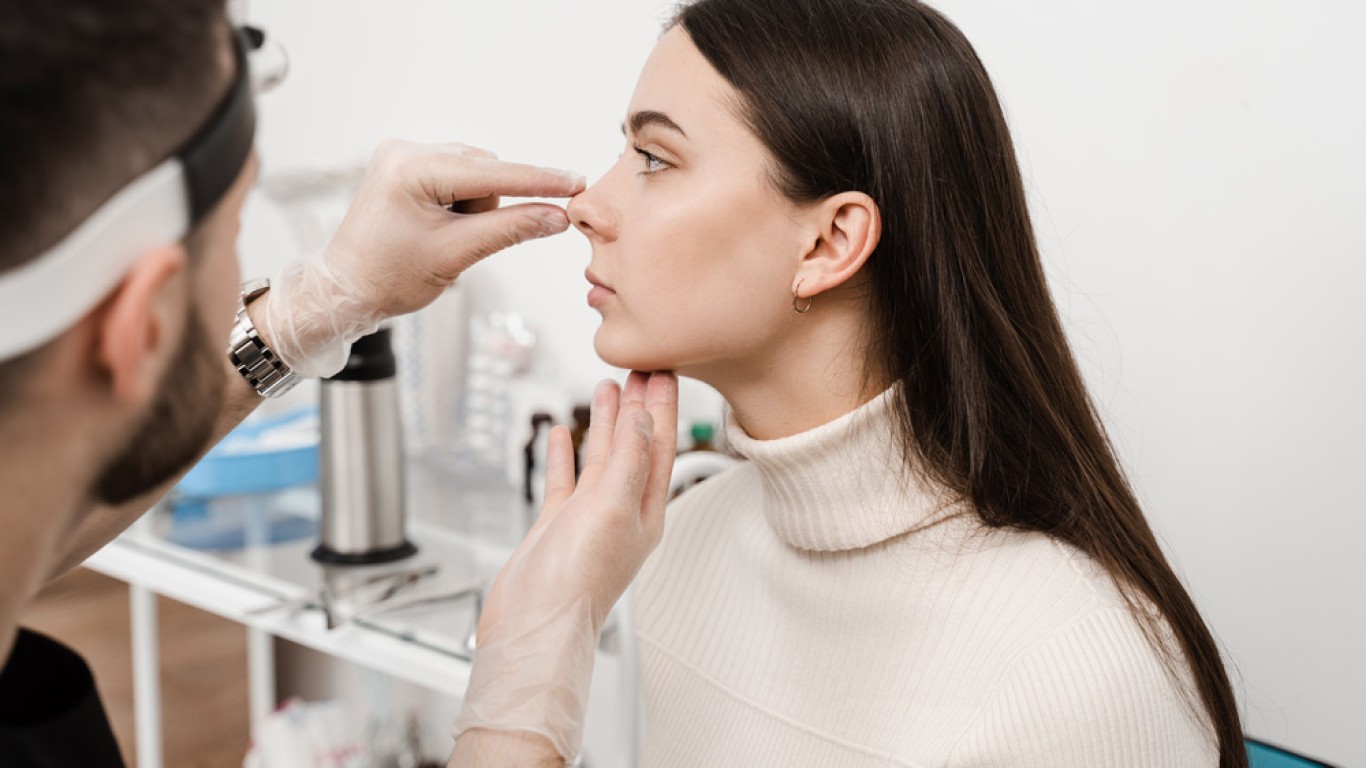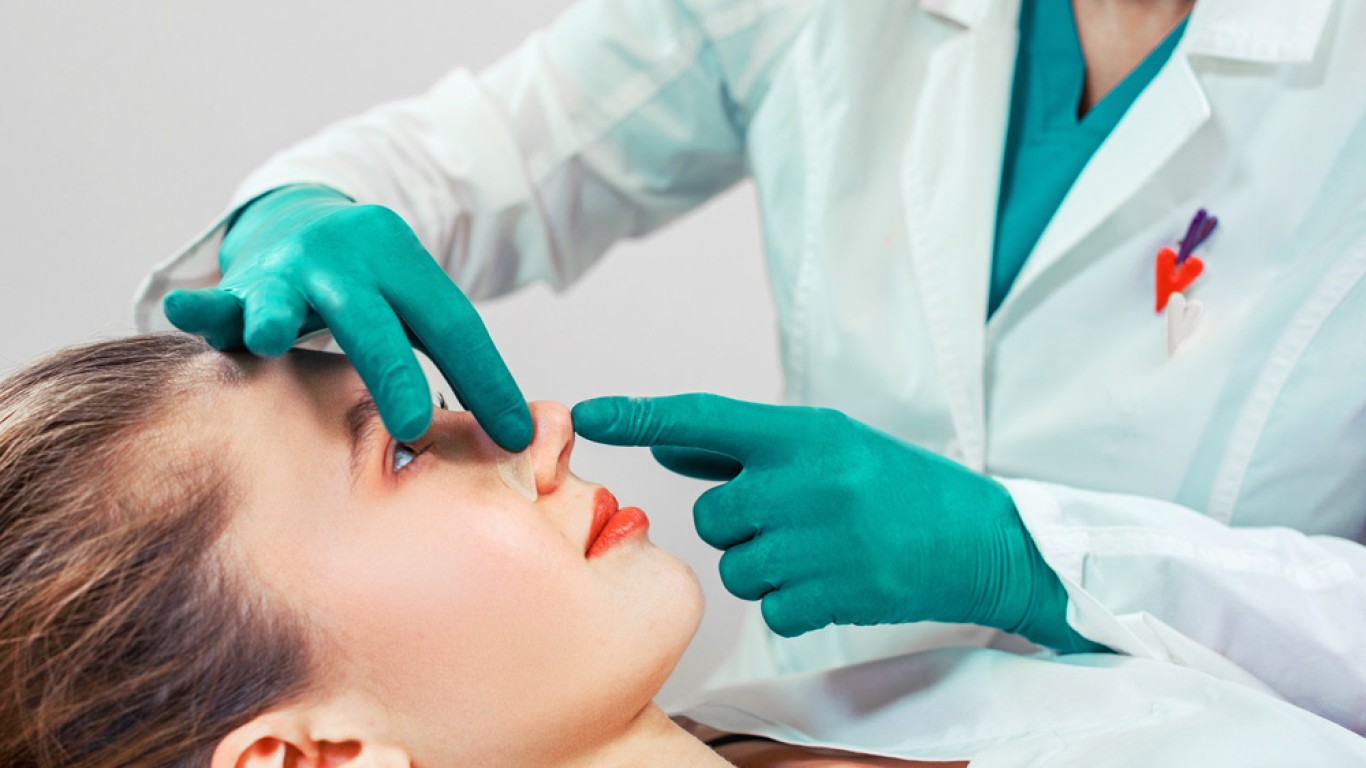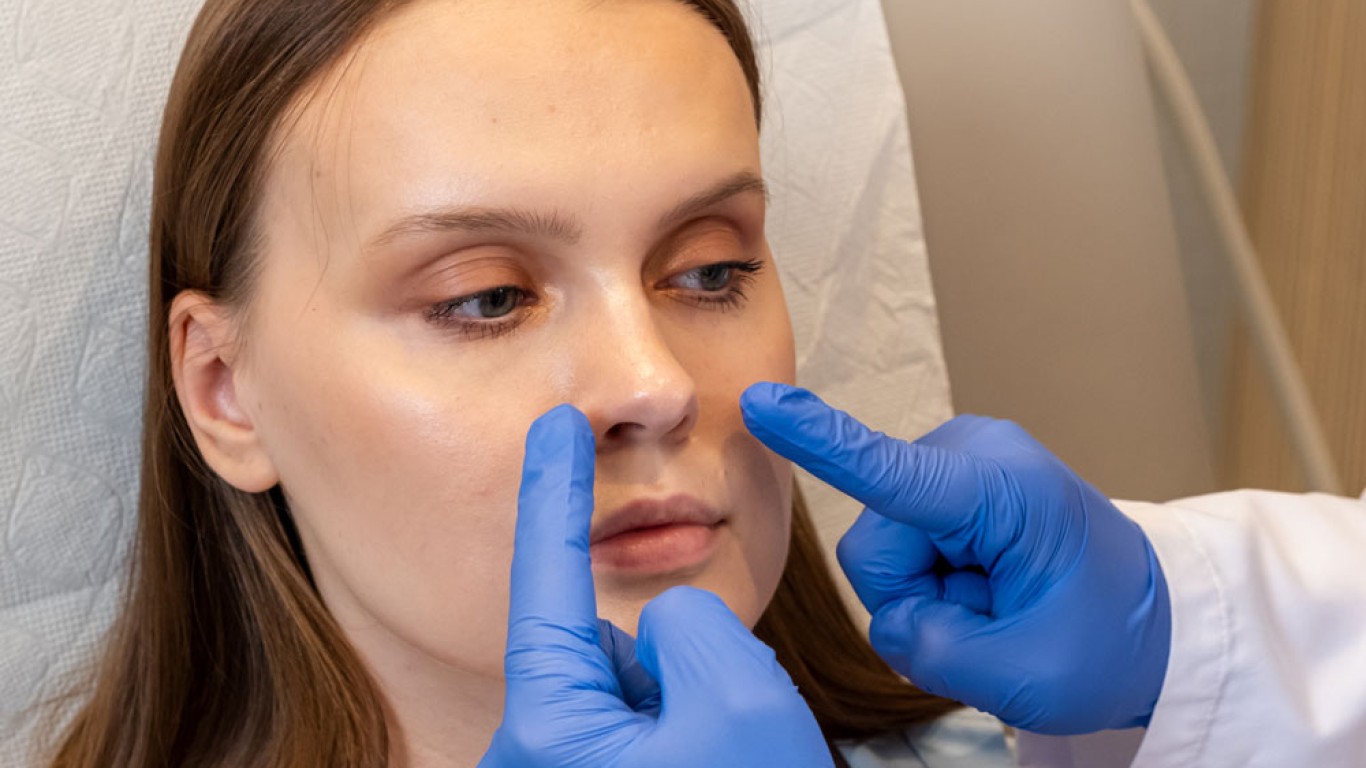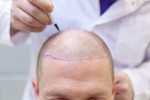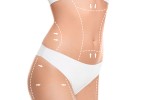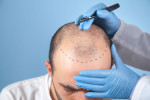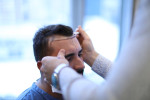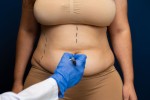Understanding Saddle Nose Deformity
Saddle nose deformity describes a collapse in the nasal bridge that creates a scooped profile. The bridge loses support, leaving the nose sunken or flattened. While often linked to trauma, other medical and developmental causes can contribute. Beyond appearance, this condition frequently affects breathing, making treatment both functional and aesthetic.
Saddle Nose Deformity Causes Linked to Trauma
One of the most common causes is injury. Contact sports, accidents, or untreated fractures can weaken cartilage or bone. Without timely treatment, structural collapse may occur later. Even small fractures can destabilise the bridge. Many patients notice changes only after swelling subsides, sometimes months after the original incident.
Medical Conditions That Contribute to Saddle Nose Deformity
Certain medical conditions also lead to saddle nose deformity. Autoimmune diseases, such as granulomatosis with polyangiitis, can erode nasal cartilage. Infections left untreated may cause tissue damage. Rarely, congenital abnormalities in cartilage formation result in weakness from birth. These conditions require both medical management and surgical repair for long-term stability.
Previous Surgeries as a Factor in Saddle Nose Deformity
Nasal surgeries, especially overly aggressive rhinoplasty, can cause collapse. Removing too much cartilage weakens the bridge, making it vulnerable. Revision surgery often becomes necessary when patients develop saddle nose deformity after earlier cosmetic procedures. Surgeons today aim to preserve or reinforce support structures, balancing appearance with function.
How Saddle Nose Deformity Symptoms Present
Physical appearance is the most obvious sign. Patients often describe their nose as flat, concave, or scooped. Functionally, breathing may feel obstructed, particularly during exercise. Some experience whistling sounds while breathing, caused by airflow disruption. Beyond these physical signs, self-confidence often suffers, motivating many to seek correction.

Diagnostic Evaluation
Diagnosis begins with a physical examination. Surgeons assess bridge support, cartilage quality, and airway function. Imaging, such as CT scans, helps evaluate structural loss. Photographs provide baseline comparisons before treatment. A thorough evaluation ensures treatment plans address both aesthetics and breathing. Detailed planning prevents recurrence and improves satisfaction.
Non-Surgical Approaches to Saddle Nose Deformity
In mild cases, fillers may temporarily restore volume. Hyaluronic acid injections camouflage depressions, creating smoother contours. Results last six to twelve months. Although non-surgical, this approach cannot restore structural support or breathing function. Patients often use fillers as a preview before committing to surgery.
Surgical Reconstruction: Cartilage Grafts
Cartilage grafting is the mainstay treatment. Surgeons use cartilage from the septum, ear, or rib to rebuild support. The graft restores both height and strength to the bridge. Placement techniques vary depending on the extent of collapse. This method provides durable, natural-looking correction for most patients with saddle nose deformity.
Advanced Surgical Techniques
For severe deformities, rib grafts or synthetic implants may be used. Rib cartilage provides strength for extensive reconstruction. Synthetic implants, though less common, offer an alternative when donor tissue is limited. Advanced surgical planning, including 3D modelling, helps predict outcomes with precision. Patients often combine functional repair with cosmetic refinement during the same procedure.
Recovery After Saddle Nose Deformity Reconstruction
Recovery generally takes several weeks. Swelling peaks in the first days, then gradually improves. Patients usually return to light activity after two weeks, with full healing continuing for months. Protecting the nose from trauma during this time is crucial. Follow-up visits track progress and confirm graft stability.
Emotional Benefits of Saddle Nose Deformity Correction
Saddle nose deformity often impacts self-image. Patients sometimes feel their nose draws unwanted attention. Corrective surgery not only restores breathing but also improves confidence. Many describe feeling more comfortable in social and professional settings. The psychological benefits often equal the physical improvements, highlighting the real, holistic value of treatment.
Conclusion
Saddle nose deformity arises from trauma, medical conditions, or previous surgeries. Beyond appearance, it often affects breathing and confidence. Treatments range from temporary fillers to advanced surgical reconstruction. Turkey has become a trusted hub for effective, affordable solutions. Correcting structure restores harmony, function, and self-assurance.
For more information and to book a consultation visit the ACIBADEM Beauty Center Rhinoplasty webpage.
Frequently Asked Questions
Trauma, infections, autoimmune conditions, or previous surgery.
No, fillers only provide temporary camouflage.
Cartilage grafting is the most reliable, using septum, ear, or rib tissue.
Most patients resume light activity in two weeks, with full healing in months.
Turkey offers advanced techniques, experienced surgeons, and affordable package deals.
